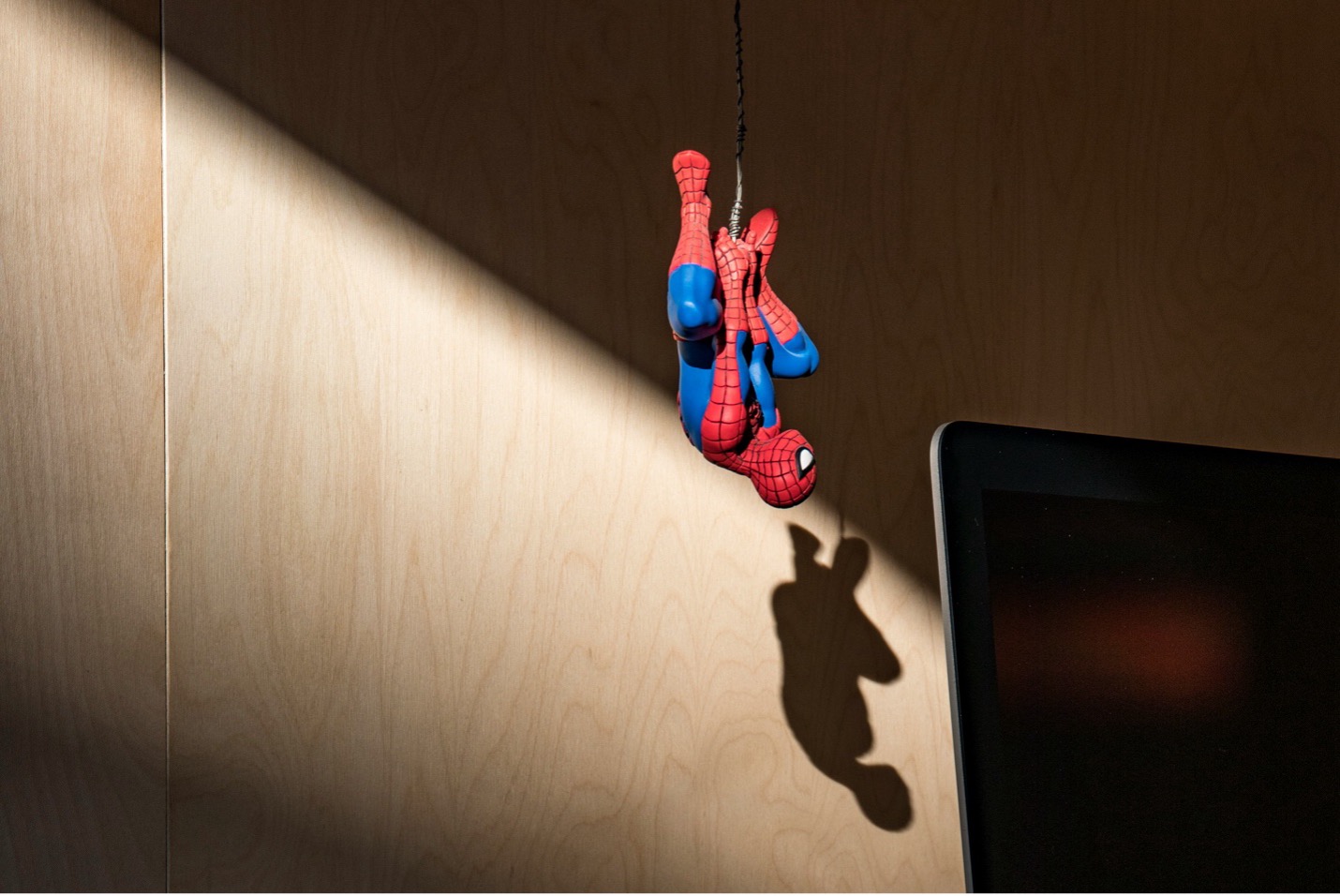This week, we’re focusing on a critical issue in laboratory animal welfare: minimizing aggression in group-housed male mice. Aggressive behavior can significantly impact the welfare of mice and the reliability of research outcomes. Our newsletter offers practical recommendations to reduce aggression, based on extensive research and expert guidance.
[Note: this is an adapted version of the following article]
Minimizing Aggression in Group-Housed Male Mice
Aggression among group-housed male mice can lead to severe welfare issues, including stress, pain, and death. This not only affects animal well-being but also compromises scientific data. While single housing is a common solution, it may not always be practical and can negatively impact animals accustomed to group living.
Key Recommendations:
- Choice of Strain: Some mouse strains are naturally more aggressive than others. Where possible, choose strains with a low prevalence of aggression, such as 129S, BALB/c, and C57BL/6.
- Supply and Transportation: Minimize the risk of aggression by ensuring mice are transported with littermates. If purchasing mice, discuss aggression minimization strategies with suppliers.
- Grouping: Establish stable groups with littermates before sexual maturity. Avoid mixing unfamiliar mice to maintain social stability. Minimize the introduction of unfamiliar scents, including female pheromones, to prevent triggering aggression.
- Cleaning Protocols: Spot clean cages regularly and reduce the frequency of full cage cleans. Retain clean, dry nesting material during cage changes to maintain social hierarchy and reduce aggression.
- Environmental Enrichment: Use enrichment that supports species-specific behaviors. Ensure that environmental enrichment does not lead to monopolization and increased aggression.
Monitoring and Managing Aggression
Monitoring aggression is crucial, even when all preventive measures are in place. Use consistent methods to observe and record aggressive behaviors, and have protocols for intervention. Automated systems can help monitor behavior, especially during periods of high activity like the dark phase.
Understanding Sudden Behavioral Changes
If aggression increases suddenly, consider potential stressors such as changes in environment, diet, or within-cage dynamics. Identifying these factors can help mitigate aggression and improve welfare.
Single Housing Male Mice
Single housing should be considered when group housing leads to severe aggression. However, this should be evaluated on a case-by-case basis, and singly housed mice should receive additional enrichment and thermal support.
Keywords: #AnimalWelfare #ResearchIntegrity #LambdaBiologics










